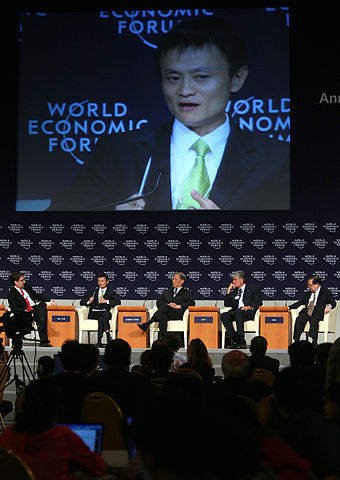The candy business truly booms for Halloween. It is expected that this year over 160 million Americans will be spending about 2.6 billion dollars just on candy for this arguably bizarre sort of holiday. This story does not consider the other accessories one needs to ‘celebrate’ this day in style, such as: costumes ($3.2 billion), decorations ($2.7 billion), and party paraphernalia.

Kids bring home from their “trick-or-treating” adventure an average of between 3,500 and 7,000 calories worth of candy. If they at all that loot, a 100-pound child would need to walk for 44 hours or play full-court basketball for 14.5 hours to work of all those extra calories.
Parents might want to think about the size of the loot bag they send with their little ones. One pillowcase can hold a mind-boggling almost 1,700 pieces of candy. Better off with a sandwich bag.
About half of the US population, or 163 million people, celebrate Halloween, and 95% of the entire population of 327 million go out and buy candy.
Another way to look at all the candy that is purchased during Halloween is to imagine “six Titanics” worth of candy in weight, which would come out to over 300,000 tons. That’s a lot of pillowcases. That is an unbelievable 2 pounds of candy for every American, man, woman and child. In addition to all this candy, which includes candy corn kernels, lollypops, and other sugary treats, 90 million pounds of chocolate are also purchased by consumers during the week of the Halloween sugar storm. An no wonder. Also, chocolate was the favorite Halloween treat among 70% of respondents, followed by candy corn, chewy candy and gummy candy.
As incredible as all this candy consumption sounds during Halloween, even more candy is sold in the US during Easter.
ks.

